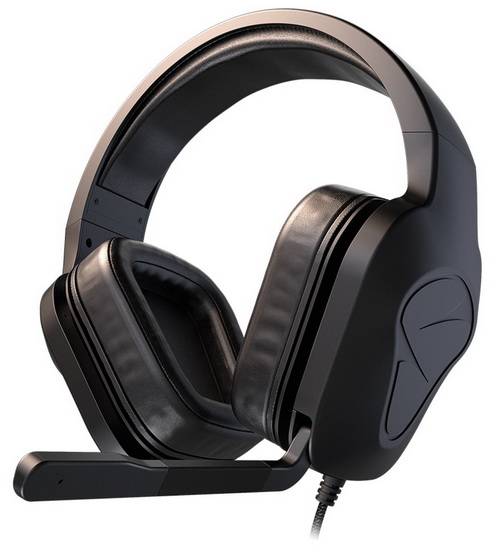INTRODUCTION

Roughly three days ago we thought about dedicating this entire week to only reviewing gaming peripherals mainly because it's been quite a long time since we last sat down and played games we really liked (Destiny being one of those games). For good or bad that would mean that we would ignore our reviews queue but that's not really how we do things so this will be the 2nd and last gaming peripheral review of this week (we have two more in store for you next week followed by two the week after that and the list goes on). Now as many of you know although Mionix is amongst the oldest gaming peripherals brands around they haven't really focused into the manufacture of gaming headsets so this was always something we just had to see from them (not to mention it would complete their product line). Well the wait is finally over since a few months back they released their first 2.0 gaming headset called the NASH 20.
Mionix AB was founded in 2007 by Peter Nygren. The goal was to design and develop high-end computer peripherals made for gamers. The company stands for high quality, cool design and a touch of innovation. Mionix has received numerous of international prizes and awards for their products. Mionix has a global presence with a worldwide network of distributors, resellers and partners. For more information, visit www.mionix.net.
Instead of using a virtual surround USB card with the NASH 20 to appeal more to gamers Mionix decided to go with the good old fashioned stereo configuration but since that wasn't enough they tuned it for even better results compared to similar solutions. So the NASH 20 is equipped with two 50mm neodymium magnet D.A.C.T technology drivers that have a frequency response of >-100Hz, impedance of 32 ohms at 20kHz, sound pressure level at 103dB and nominal input power at 40mW with a max of 80mW (THD is rated as less than 2% at 1KHz and less than 5% at 300kHz). Mionix has also placed a flip-down boom uni-directional microphone that has a resonance frequency of 15Hz-16KHz, sensitivity of -42dB and a frequency to noise ratio of 58dB. Overall these numbers (although differently listed from the ones we've used to seeing from similar products) point to an interesting 2.0 stereo headset and since it's by Mionix all the more reason for us to be way too curious to see how it performs.

 O-Sense
O-Sense






.png)

